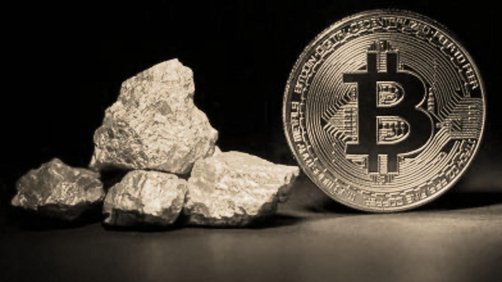On May 11, bitcoin experienced its third halving, a once-every-four-years occurrence where the reward for mining new blocks is halved. Bitcoin’s rate of new supply has dropped to 1.7 percent per year, setting it on par with gold’s historic scarcity. But unlike gold, which can be mined more at higher prices, there are only 21 million bitcoins that can be mined in total.
The Speaker believes bitcoin’s scarcity, while being truly globally accessible, makes it an essential asset to own in current times. His chart shows post-halving bitcoin rallies have averaged 446 days—from the halving to the peak of the next bull cycle. The Speaker expects this pattern to repeat, fueled by the massive growth in central bank balance sheets and government debt.

Source: Pantera Capital
Bitcoin is the top performing asset of 2020, outpacing stocks, bonds and gold. Over the past five months, the price of bitcoin has risen by almost a third despite a crash in March that wiped more than $4,000 from its value.
About 85 percent of bitcoins have already been mined—that’s just over 18 million bitcoins. But it is estimated that over 3 million coins have been lost or stolen and two-thirds of bitcoin supply has not “moved” since 2018. It is held by HODLERs, slang in the cryptocurrency community for those who intend on holding bitcoin rather than selling it.
That means there are only 3 million bitcoins in free float, or just under $30 billion, compared with a total market cap of $175 billion. That’s what makes bitcoin a “great speculation” to quote Paul Tudor Jones, and why time and again the bitcoin price explodes higher as buying demand surges.
Because bitcoin still represents less than 1 percent of global money supply, one of the participants noted a helpful framework is to think of bitcoin as investing in a fast-growing startup that aims to replace central banks and has a potential market of all the global money supply.

Photo: Getty Images






